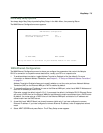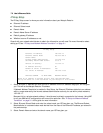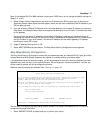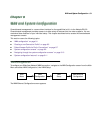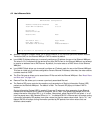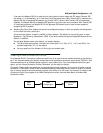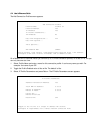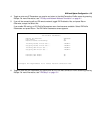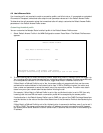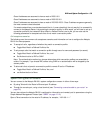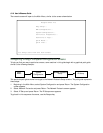
WAN and System Configuration 8-3
If you want the Netopia R9100 to advertise its routing table to other routers via RIP, select Transmit RIP
and select v1, v2 (broadcast), or v2 (multicast) from the popup menu. With Transmit RIP v1 selected, the
Netopia R9100 will generate RIP packets only to other RIP v1 routers. With Transmit RIP v2 (broadcast)
selected, the Netopia R9100 will generate RIP packets to all other hosts on the network. With Transmit RIP
v2 (multicast) selected, the Netopia R9100 will generate RIP packets only to other routers capable of
recognizing RIP v2 packets.
■ Selecting Aux Serial Port displays the serial line configuration pop-up in which you specify the configuration
for the router’s auxiliary serial port.
There are three options: Unused, LocalTalk, or Async Modem. The default for the auxiliary port is Async
Modem for “Up & Running, Guaranteed” (URG). If you have installed the optional AppleTalk feature set the
default is LocalTalk.
For the Async Modem option (the default), the screen displays:
■ The Data Rate pop-up offers a limited set of clock rates: 19.2, 38.4, 57.6, 115.2, and 230.4. For
broadest application, 57.6 is the default.
■ You may specify an Aux Modem Init String for your modem type.
Creating a new Connection Profile
For a Netopia R9100, Connection profiles are useful only on an asynchronous modem attached to the Auxiliary
port. This requires enabling the Asynch modem feature set available as an add-on option (order TER/AD1). See
the accompanying list of available add-on options in your product folio. If you have enabled the Auxiliary port
option, you can create Connection Profiles. Otherwise, you can skip this section.
Connection Profiles define the telephone and networking protocols necessary for the router to make a remote
connection. A Connection Profile is like an address book entry describing how the router is to get to a remote
site, or how to recognize and authenticate a remote user dialing in to the router. For example, to create a new
Connection Profile, you navigate to the WAN Configuration screen from the Main Menu, and select Add
Connection Profile.
Main
Menu
WAN
Configuration
Add Connection
Profile



